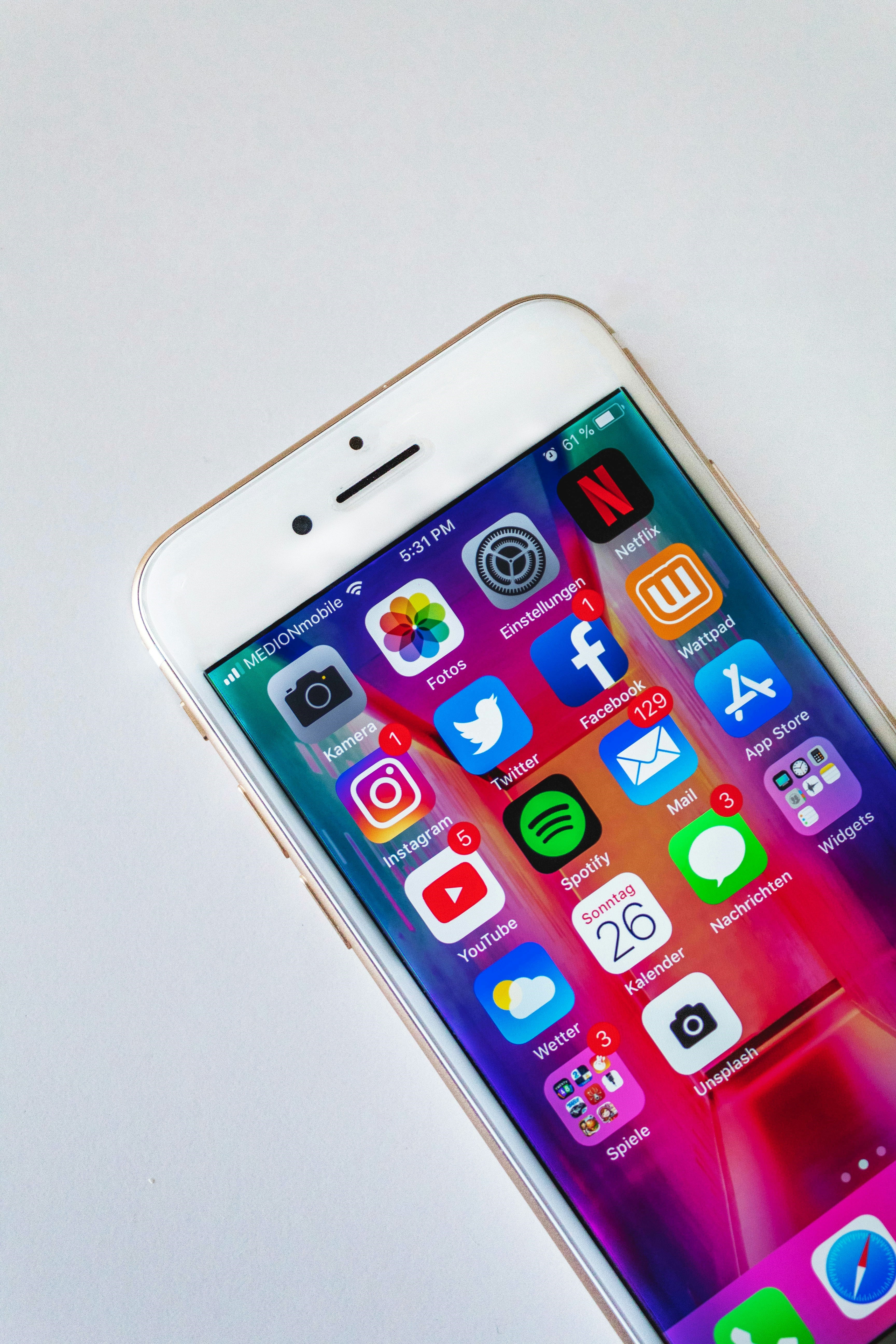Embarking on the journey of Mobile App Branding demands deliberate and effective strategies to ensure your app stands out in the competitive mobile landscape. Let’s delve into key tactics that can elevate your app’s brand presence, with real-world examples from well-known apps.
Understanding the Essence: Defining Mobile App Branding
Defining Mobile App Branding is the initial step towards creating a lasting impression in the world of mobile applications. It goes beyond mere aesthetics; it’s about cultivating an identity that resonates deeply with your target audience.
Identity Building
Mobile App Branding transcends visual elements; it’s about forging a unique identity that users recognize instantly.
Consistent Visual Elements
Maintain consistency in visual elements such as logos, color schemes, and typography across all mobile platforms.
- Example: Snapchat boasts a distinctive yellow ghost logo, ensuring instant recognition.
Cohesive Messaging
Develop a cohesive messaging strategy that aligns with your app’s values, creating resonance with your audience.
- Example: Headspace consistently communicates a message of mindfulness and relaxation through its app.
Leveraging User Experience for Mobile App Branding Success
Intuitive Design and Navigation in Mobile App Branding
Your app’s design is a crucial element. A user-friendly interface enhances the overall brand experience.
- Example: Airbnb‘s intuitive design contributes to a seamless and enjoyable user experience on their mobile app.
Personalization and User Engagement
Personalized experiences build a strong connection. Leverage user data to tailor interactions and enhance engagement within your mobile app.
- Example: Amazon provides personalized product recommendations through its mobile app, fostering a deeper connection with users.
Responsive Customer Support
Swift and responsive customer support contribute to positive brand perception. Address user concerns promptly within your mobile app.
- Example: Spotify offers customer support directly through the app, ensuring a positive brand experience.
Strategic Marketing: Promoting Your Mobile App Brand
Social Media Presence in Mobile App Branding Strategies
Establish a robust social media presence to amplify your mobile app’s reach. Leverage platforms that align with your target mobile audience.
- Example: TikTok gained widespread popularity through viral trends and challenges on social media.
Content Marketing for Mobile App Branding
Create valuable content that showcases your mobile app’s features, benefits, and industry relevance. Educate and engage your mobile audience.
- Example: Adobe Lightroom employs content marketing by providing tutorials and tips for mobile photo editing.
Influencer Collaborations in Mobile App Branding
Collaborate with influencers to extend your app’s reach. Choose influencers whose mobile audience aligns with your target users.
- Example: MyFitnessPal collaborated with fitness influencers to promote its features and benefits.
Measuring Success: Analytics and Iteration
Data-Driven Insights for Optimization
Utilize analytics tools to gather insights into user behavior, preferences, and app performance. Iterate based on data-driven observations.
- Example: Clash of Clans continuously updates its features based on player engagement data.
User Feedback Integration in Mobile App Branding Evolution
Actively seek and incorporate user feedback within your mobile app. An app that evolves based on user input fosters a sense of community.
- Example: Waze regularly updates its features based on user feedback for a better mobile user experience.
Elevating Strategies: Going the Extra Mile
Innovative Features
Integrate innovative features that set your mobile app apart from the competition. Be a trendsetter in your niche.
- Example: The augmented reality filters in Snapchat set a trend, making it a pioneer in interactive social experiences.
Gamification Elements
Infuse gamification elements into your mobile app to enhance user engagement. Reward users for interacting with your app.
- Example: Duolingo incorporates gamification by awarding points and virtual rewards for language-learning achievements.
Conclusion: Crafting a Lasting Impression
Mobile App Branding is a dynamic process that requires a thoughtful blend of visual identity, user experience, strategic marketing, continuous optimization, and innovative features. By adopting these strategies and going the extra mile, your mobile app can carve its unique space in the competitive mobile landscape. Stay attuned to mobile user preferences, embrace innovation, and let your app’s brand story unfold as a compelling narrative that captivates and retains users in the ever-evolving world of mobile applications.


